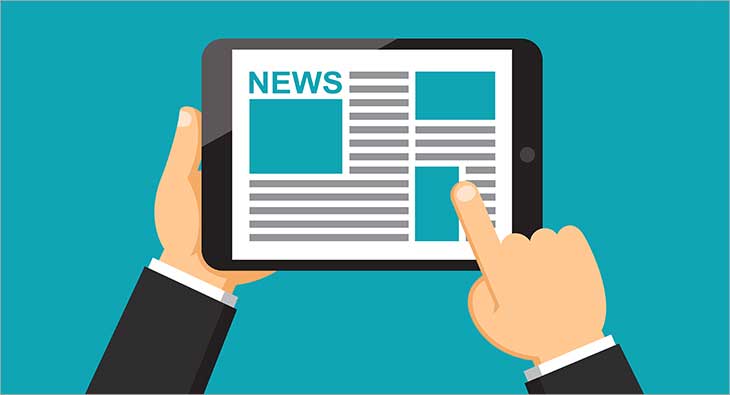About Popular News
Wiki Article
Popular News Can Be Fun For Anyone
Table of ContentsTop Guidelines Of Popular NewsThe 7-Minute Rule for Popular NewsHow Popular News can Save You Time, Stress, and Money.The Ultimate Guide To Popular News
Age is also an element in the method individuals check out the function of social networks. More youthful social media sites information customers are most likely to state it has actually influenced their learning for the much better. Regarding half of social networks information customers ages 18 to 29 (48%) state news on social media makes them far better educated, compared to 37% of those 30 to 49, 28% of those 50 to 64, and 27% of those 65 and older.Reporters consider news values when figuring out whether or not to cover an event or announcement. Perhaps the most important component of newsworthiness is whether or not the information thing being connected effects a news electrical outlet's target market.
Closeness is essential. Reporters are interested in points that influence their communities. For instance, research study on a state's new tax obligation code most likely won't produce the very same passion across state boundaries. Occasionally professionals can help center a bigger national story that affects greater than simply a city or state. In these instances, it is necessary to be looking for opportunities where topic experts can offer understanding or where comparable jobs might be taking place locally.
If you are publishing newsworthy research study, loop in MarComm before the write-up being released to ensure that the pitch can stress the newest element of the story: the publication of the research study. Occasions and statements that include top-level figures are much more likely to produce media protection. Gos to from nationwide numbers commonly need months of prep work as a result of awaited area passion.
More About Popular News
We can assist mitigate possible reputational danger with these tales while also boosting the probabilities of generating coverage. While numerous of the above news worths are interwoven, human passion tales usually stand apart.Human passion aspects can include news value to various other tales that might show up to be doing not have in the other values. The novelty or quirk of a circumstance can aid influence whether a news outlet is likely to cover a story. While this is not an extensive checklist, inspecting to see if your information product or occasion has these top qualities before contacting us will assist you establish which aspects hold one of the most information worth.

Some Known Details About Popular News
There is additionally significant proof that even more consumers could start to spend for information in the futureif authors can understand them and offer them well. Fifty percent of those who do not pay for news actively seek information and appear like subscribers in numerous means. And virtually 2 in 10 of those that do not register for information currently suggest they are inclined to start to pay in the future.We then ask a collection of concerns to figure out whether individuals spend for specific kinds of news resources (Popular News). We asked individuals to name the resources they utilize most oftenwhether they pay for them or nothow they utilize them, the certain points they take into consideration essential concerning them, and some related concerns concerning the price and worth of that resource
Individuals are drawn to information in general for two factors over others: A wish to be educated residents (paper customers particularly are extremely encouraged by this) and because the publication they register for excels at covering particular topics about which those subscribers particularly care. While there are a host of reasons, the No.
Even more than 4 in 10 likewise mention the reality that family and friends register for the very same item (Popular News). Greater than a third of people claim they initially subscribed in reaction to a price cut or promo. In print, people likewise are relocated heavily to sign up for obtain vouchers that save them money, something that has untapped implications in digital
The Main Principles Of Popular News
Concerning half are "news applicants," indicating they proactively choose news instead than primarily running into it in you can try these out a more easy way, though the news that nonpayers are seeking (for currently, a minimum of) is usually regarding national politics. Like subscribers, most of these people likewise get news multiple times a day, make resource use of the news in ways similar to clients, and are interested in comparable topics, including foreign or international information.
Of those who do pay, 54 percent subscribe to papers in print or digitally, which stands for 29 percent of Americans overall. A lot of them get a print magazine together with their paper and pay for 2 to 4 information resources in total, some a lot more. And while 53 percent are veteran clients (5+ years), more than a quarter (27 percent) have bought their paper membership within the previous year.
Few print subscribers assume it most likely they will switch to a digital-only registration in the future, and more than half of those that prefer digital have never ever paid for a print version of the exact same resource. Completely 75 percent of paper payers claim they mainly reviewed the paper in print, while 21 percent are mainly electronic customers, and 4 percent describe themselves as evenly split.
Report this wiki page